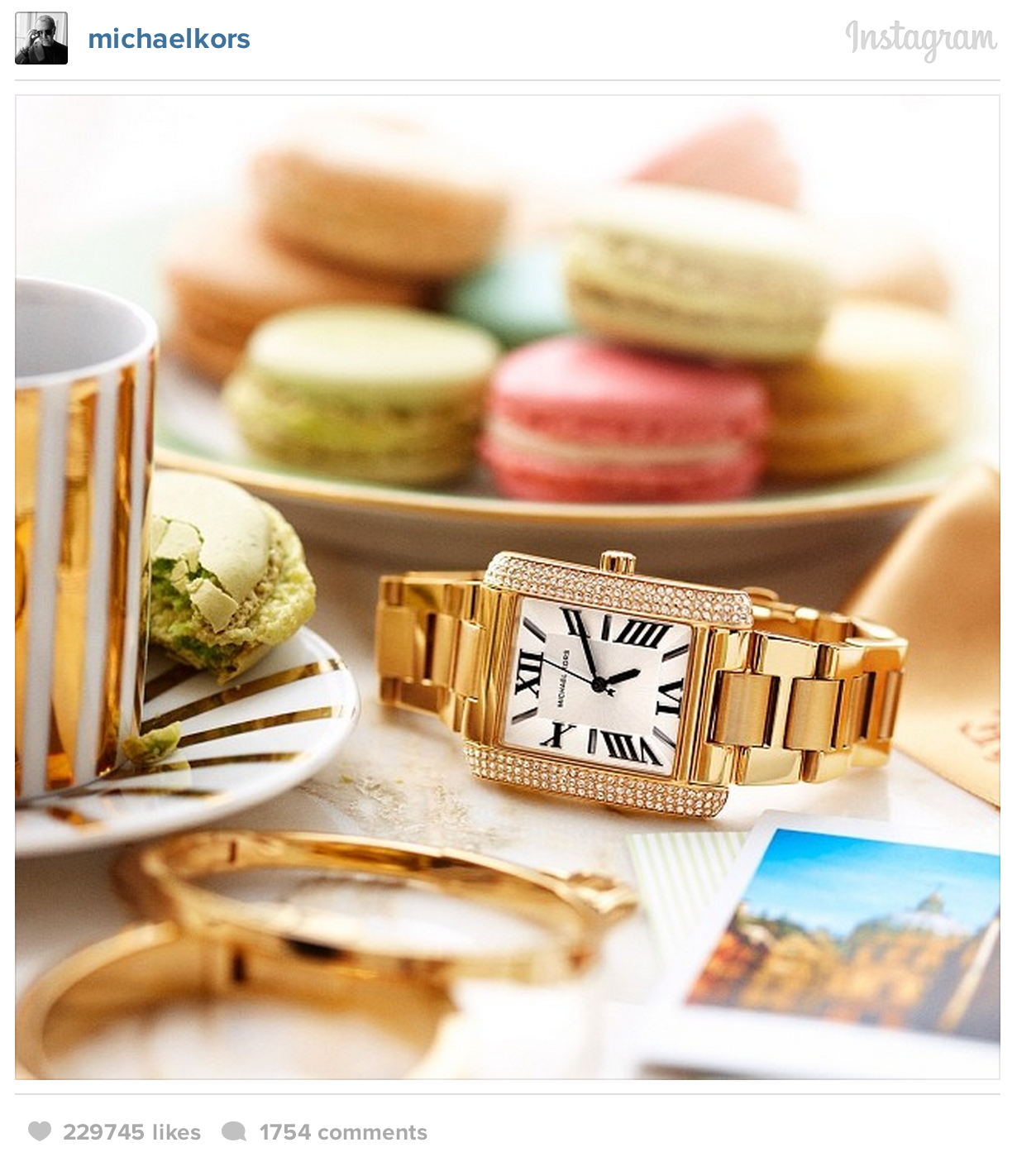
Earlier last week, news came about Snapchat refusing the $3 billion buy-out offer from Facebook. If you recall, April of last year, Instagram was bought for $1 billion by Facebook. During then, I remember thinking how could Facebook benefit from buying Instagram, an app that did not have an existing revenue model. The thought of Facebook incorporating ads into Instagram did come into my mind, but I still couldn’t digest the thought of it. Sure enough, after a year, there are Instagram ads now – at least in its early stages, as mentioned in my previous post. But now with Snapchat, I am more confused as to how Facebook can capitalize on Snapchat if it was successful in acquiring it.
I couldn’t really see putting ads on Snapchat would be effective given the nature of the app, which is that the video – once watched – is gone forever. Also, users also have the option of whether or not they want to view the video. There is a possibility that once users recognize that it is an ad, they would stop watching it. Given these reasons, I still couldn’t understand how Facebook can monetize Snapchat, just like Pooja. In her blog posts, she listed why she thinks Snapchat refused the offer. Initially, I agree with her points but later realized she was just looking at the buy-out from the same perspective I had, which was what synergies will be created from this acquisition.
It’s true that there so much misalignment in their positioning, but what is Facebook never planned on using or capitalizing on Snapchat? What if Facebook only wanted to get rid of the competition? Reading this article made me realize that maybe Facebook did just want to get rid of its threats. With more Facebook users switching to messaging and photo-sharing mobile apps, Facebook is desperate to keep its territory in the social media space. Spending $3 billion to keep its company afloat might not be such an unreasonable move for a $120 billion company to make.

